This was the clubs second socially distanced “secret” walk . The group of around 20 people split into two groups going north and south along slippery rock creek. The group ranged from first time mushroom hunters to experienced members. We found a selection of species including amanitas, boletes, oysters, coral and russulas. There was a selection of crusts and polypores and a few slime molds to round out the table. A single stink horn brought its distinctive aroma to the identification table. A couple of eyelash cup specimens were identified post walk using microscopy. One has been seen before and the other matches a species not know to be found in the US, Scutellinia colensoi, and is unconfirmed.
Species list entered by Jerry Sapp. Identifications by Richard Jacob and Jerry Sapp.
List of species found on the walk at McConnels Mills “Secret Walk:
[icon style=”camera”] Amanita amerirubescens (Blusher),
[icon style=”camera”] Amanita flavoconia (Yellow Patches),
[icon style=”camera”] Arcyria cinerea (White Carnival Candy Slime),
[icon style=”camera”] Aureoboletus innixus (Clustered Brown Bolete),
[icon style=”camera”] Ceratiomyxa fruticulosa (Coral Slime),
[icon style=”camera”] Cerioporus squamosus (),
[icon style=”camera”] Cortinarius iodes (Iodine Cort / Viscid Violet Cort),
[icon style=”camera”] Crepidotus applanatus (Flat Crep),
[icon style=”camera”] Ganoderma tsugae (Hemlock Varnish-shelf),
[icon style=”camera”] Gymnopus dryophilus (),
[icon style=”camera”] Hypomyces microspermus (Bolete Mold),
[icon style=”camera”] Inocybe tahquamenonensis (),
[icon style=”camera”] Ischnoderma resinosum (Resinous Polypore),
[icon style=”camera”] Kretzschmaria deusta (),
[icon style=”camera”] Leccinum longicurvipes (),
[icon style=”camera”] Leccinum scabrum (Birch Scaber Stalk),
[icon style=”camera”] Lycogala epidendrum (Wolf’s Milk Slime),
[icon style=”camera”] Megacollybia rodmanii (Platterful Mushroom),
[icon style=”camera”] Mutinus elegans (Elegant Stinkhorn),
[icon style=”camera”] Physarum polycephalum (Many-headed slime mold),
[icon style=”camera”] Pleurotus pulmonarius (Summer Oyster),
[icon style=”camera”] Pluteus cervinus (Deer mushroom),
[icon style=”camera”] Pluteus flavofuligineus (),
[icon style=”camera”] Pluteus petasatus (),
[icon style=”camera”] Polyporus arcularius (Spring Polypore),
[icon style=”camera”] Polyporus varius (),
[icon style=”camera”] Ramaria stricta (),
[icon style=”camera”] Rickenella fibula (Orange Moss Agaric),
[icon style=”camera”] Russula claroflava (),
[icon style=”camera”] Russula fragrantissima (),
[icon style=”camera”] Russula mariae (Purple-bloom Russula),
[icon style=”camera”] Russula virescens (Green Russula)
[icon style=”camera”] Schizophyllum commune (Split Gill),
[icon style=”camera”] Scleroderma citrinum (Pigskin Poison Puffball),
[icon style=”camera”] Scutellinia-vitreola (Eyelash cups),
[icon style=”camera”] Stemonitis splendens (Chocolate Tube Slime),
[icon style=”camera”] Stereum ostrea (False Turkey-tail),
[icon style=”camera”] Tricholomopsis rutilans (Plums-and-custard),
[icon style=”camera”] Xeromphalina campanella (Fuzzy-foot),
[icon style=”camera”] Xylaria polymorpha (Dead Man’s Fingers)
Species not currently on clubs life list:
Second eyelash cup species might be Scutellinia colensoi but not confirmed
Entoloma sp.
Entoloma Parasiticum (suspected, found on old Ischnoderma resinosum)
Red Russula
Pictures by Jerry Sapp and Richard Jacob
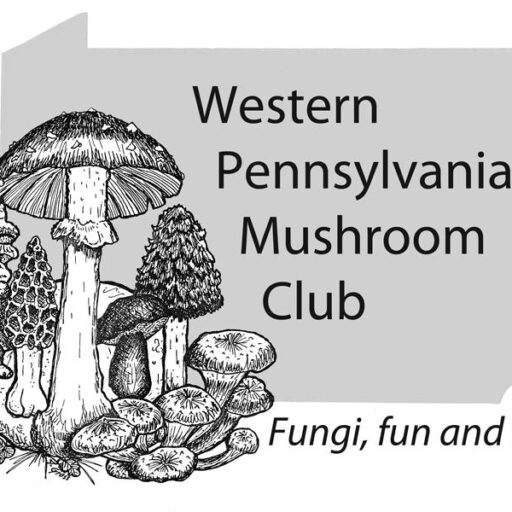
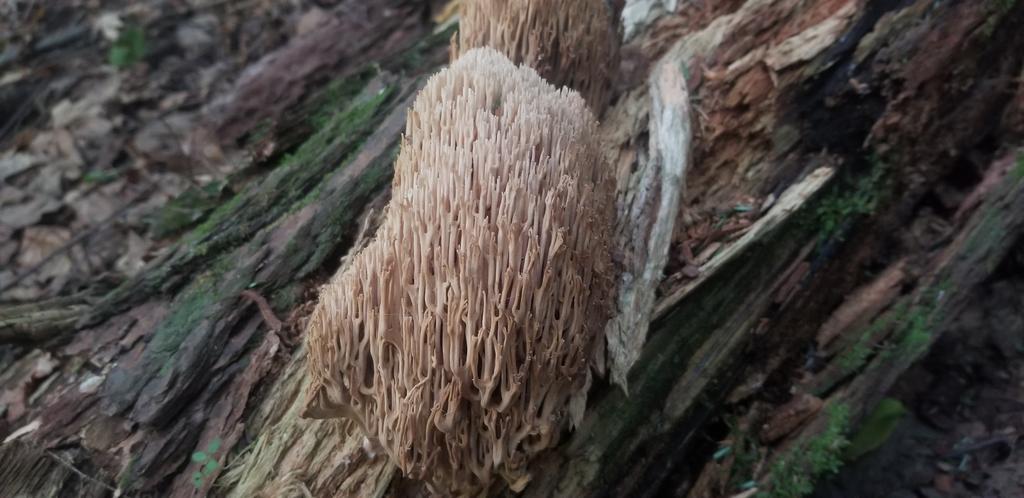









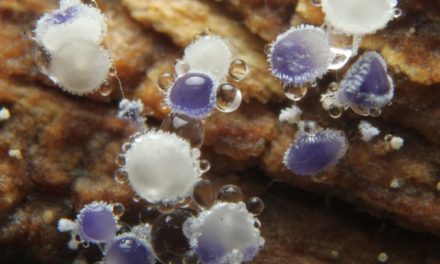
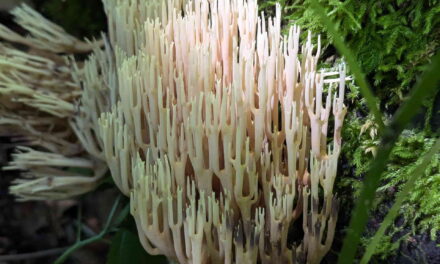
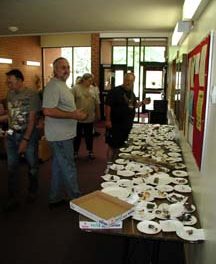
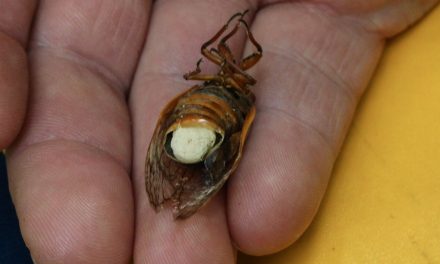

These walks are really important particularly for new members. I have learned so much from these walks over the past 3 years from the experts. Happy that the club has found a way to continue this important education module.
How do I find out details about when and where the walks will be held?
Walks are listed under the “events” section of the website and are promoted in the newsletter and emails. They are the only way we can organize walks that meet the Covid requirements at the moment. There are some walks scheduled for September and we may add another one in August.
How can I join the group. My son is almost 7. He is so excited about mushrooms.